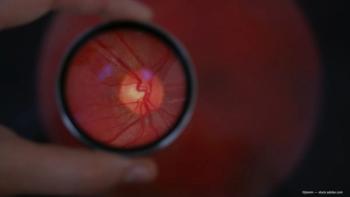
Careful instrument selection, technique yield favorable outcomes with MICS
Evolution in instrumentation has been important in making bimanual microincision cataract surgery (MICS) a safe, effective, and efficient technique, said Richard Packard, MD.
ParisEvolution in instrumentation has been important in making bimanual microincision cataract surgery (MICS) a safe, effective, and efficient technique, said Richard Packard, MD.
"Advances in microincision IOL technology may well be the driver that draws more cataract surgeons to bimanual MICS," said Dr. Packard at the European Society of Cataract and Refractive Surgeons meeting.
"While I am not entirely sure that the available implants perform as well as our conventional IOLs, we now have the tools for true MICS, and I am happy to perform that procedure because it works well in my hands as well as in the hands of others," said Dr. Packard, of London.
Offering some advice for surgeons considering undertaking this new technique, Dr. Packard noted that the capsulorhexis will need to be done with a needle or using one of the new, specially designed microsurgical capsulorhexis forceps. Capsulorhexis may actually be easier, but new techniques must be learned for hydrodissection and for introducing the irrigating chopper and needle.
Multiple irrigating choppers for MICS are now available, although Dr. Packard cautioned surgeons to research the various instruments before making a purchase, since in his opinion, they do not all have adequate flow.
No change in cataract removal technique is necessary and any of the multiple phaco machines that provide micropulsing technology can be used. However, for surgeons who are not yet doing bimanual I&A, learning that discipline is helpful before trying to perform bimanual MICS.
Newsletter
Don’t miss out—get Ophthalmology Times updates on the latest clinical advancements and expert interviews, straight to your inbox.









































